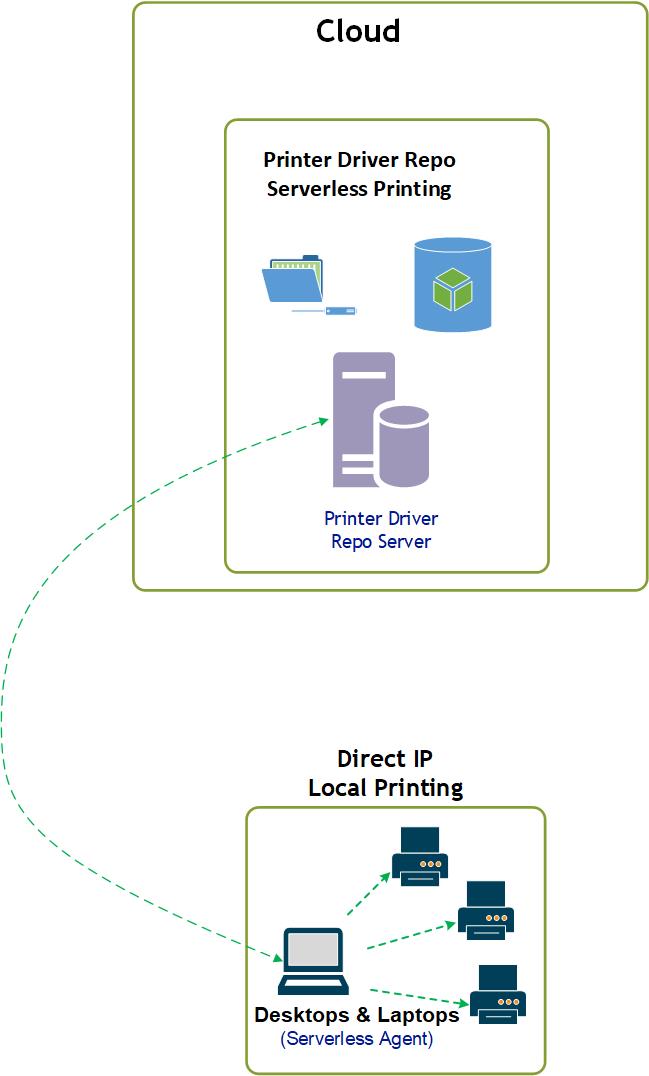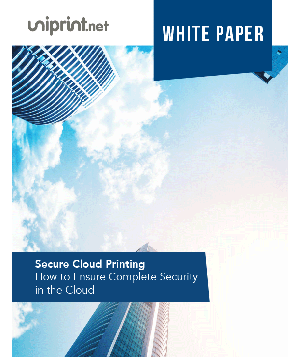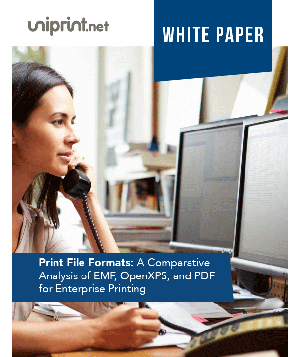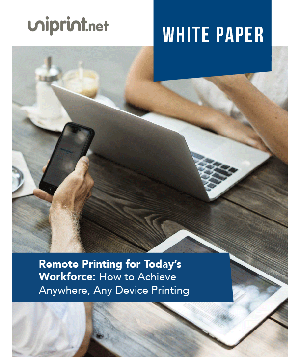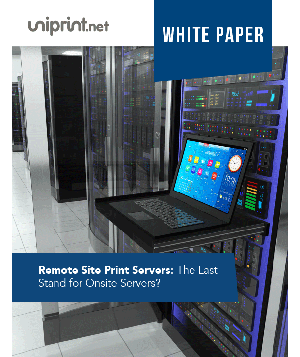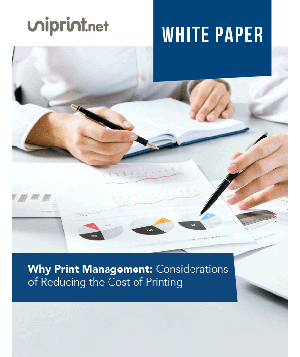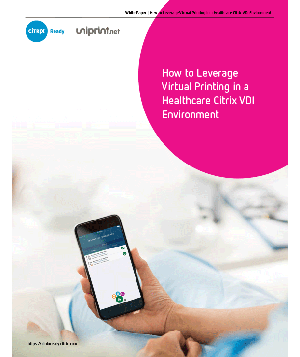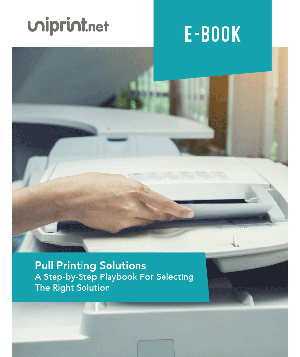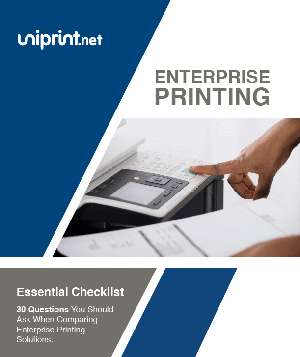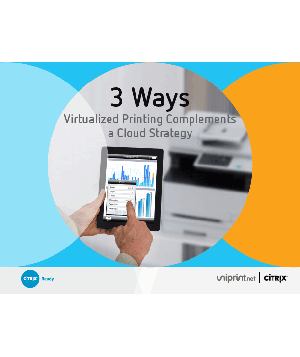What is Serverless Computing? A New Era in the IT World

Google, Amazon, and Microsoft, the world’s leading cloud providers, have all invested a large chunk of their resources in developing state-of-the-art Serverless computing technology.
But what is serverless computing?
What is the makeup of serverless computing, and what has lead to its rapid uptake and adoption among enterprises across the world? This blog will explore these issues and more!
What is Serverless Computing
Serverless Computing Means a computing model in which cloud service providers function as the server and supervise the provision of resources for the client.
With one of the primary focuses of Serverless computing being the elimination of onsite servers and subsequent reduction of server-associated costs, expenses related to serverless computing are evaluated on a resource-usage basis, directly proportionate to the number of resources consumed by cloud service clients.
As you probably noticed, serverless computing still involves servers, but on the cloud provider’s end rather than with the client, hence the term “serverless” can be somewhat misleading!
The adoption of the “serverless” title for this methodology of computing is simply due to the fact that server administration, management, and resource allocation functions are hidden from clients using this form of computing technology.
This eliminates one of the major challenges for organizations deploying the traditional cloud model, where administrators would have to deal with the tedious maintenance of servers, and enterprises would still be suffering significant costs associated with servers, regardless of the frequency of usage of these servers.
Check out this free whitepaper on How to Achieve A Secure Print Infrastructure
2018 Statistics: Serverless is on the Rise!
A 2018 survey conducted by Serverless Inc. provides some cool insights into serverless computing and its rapid uptake in the IT world.
The study shows that nearly eighty percent of survey participants used some form of serverless technology at work, with over half of the aforementioned eighty percent indicating that serverless technology was a vital part of their daily work!
Additionally, the study also showed that over twenty percent of survey participants worked in large-scale enterprises employing more than a thousand workers, with nearly seventy percent of these respondents being of the position that serverless technology was absolutely essential for their work.
Serverless Printing: Eliminate Servers Completely or Go the Hybrid Route!
When speaking about serverless printing, however, the process is quite different.
Serverless printing involves the complete elimination of print servers altogether from the printing workflow.
In classical enterprise printing infrastructures, setups consisted of printers being connected to a print server either through a network or a direct connection.
The print server would contain all of the drivers for printers that needed to be connected.
The client would then be mapped to the printer, and the printer driver would be downloaded and installed onto the client’s workstation.
When the client would print to the assigned printer, print data would first be directed to the print server, thereafter flowing from the print server to the mapped printer.
With the development of serverless printing, direct IP printing is enabled from client workstations to network printers.
Each workstation is arranged to connect directly to each printer, with each corresponding printer driver.
This arrangement gets rid of the obstacle of deploying a dedicated server for printing purposes, subsequently eradicating the print server altogether.
Serverless printing may be a good solution for enterprises that are in the process of consolidating their servers to save on printing-related expenses, while also looking to reduce support and maintenance issues and costs.
For other enterprises who are not looking to completely eliminate their print servers, a hybrid solution may be a more reasonable, cost-effective solution.
While allowing for consolidation, a hybrid solution deployed under a single management platform enables greater ease of administration while still offering lower costs than the traditional server-based environment!
Try UniPrint InfinityCloud
Whether you are printing at the office or at home, UniPrint InfinityCloud is the cloud printing solution of choice for your organization.
Recent Posts
- How Cloud Print Management Prevents Print Server Vulnerabilities
- Is Printing Dead?
- How InfinityCloud Outshines Microsoft Universal Print in 2024
- How the Cloud Print Management Software Drives Sustainable Business Practices
- How Cloud Print Management Enhances Your Network Security
- How to Enhance Remote Work Experience with Secure Serverless Printing
- Update to Google Drive Cloud Storage
- A Guide to Preventing Phishing Attacks
- Level up your Microsoft Universal Printing experience with PF 360 Print
- How To Fix 10 Common Printer Problems
- See All

